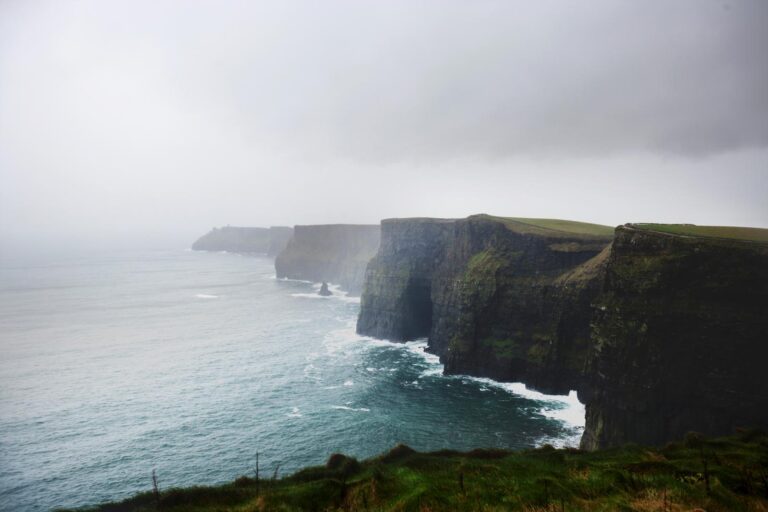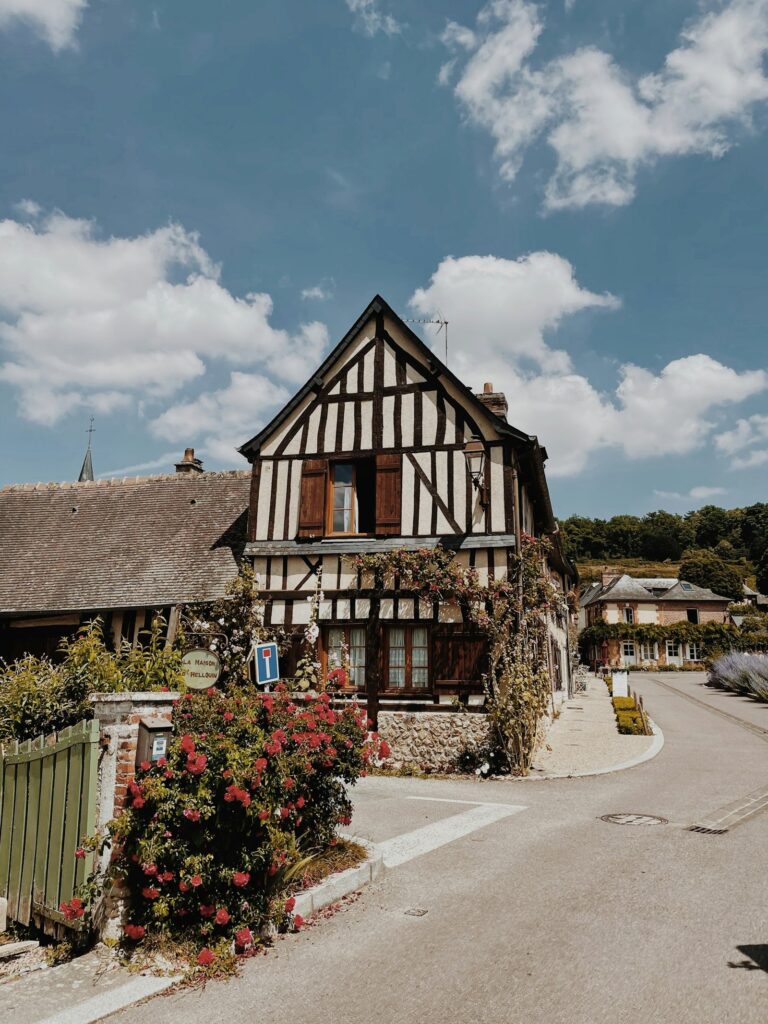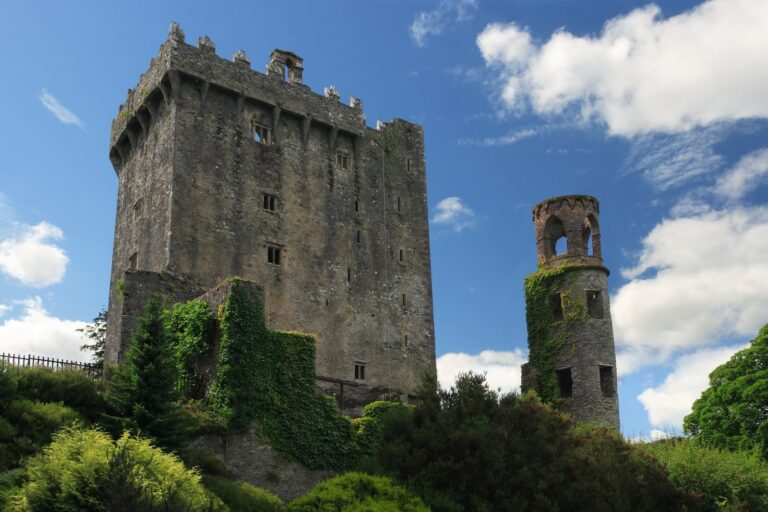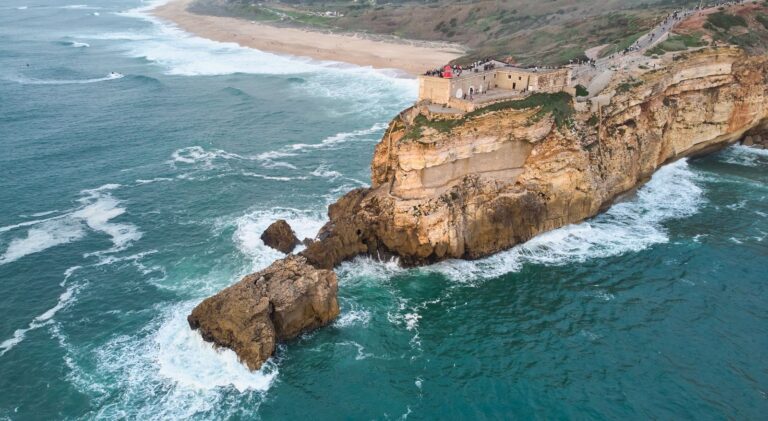Is Donegal in Northern or Southern Ireland? Exploring Its Unique Location and History
When exploring the beautiful landscapes of Ireland, you might wonder about the geography of County Donegal.
Donegal is not in Northern Ireland; it is part of the Republic of Ireland. This distinction can be confusing, especially since Donegal shares a border with Northern Ireland, which is part of the United Kingdom.
Understanding this difference is essential for travelers and those interested in the rich cultural history of the region.
Donegal, located in the northwest, boasts stunning scenery, from rugged coastlines to majestic mountains. Its unique blend of Irish tradition and natural beauty makes it a must-visit destination.
As you dive deeper into this topic, you’ll uncover more about Donegal’s history, its vibrant communities, and what makes it a distinctive part of Ireland. Whether you’re planning a visit or just curious, learning about Donegal will enhance your appreciation for this remarkable area.
Geographic Location of Donegal
Donegal is located in the northwest corner of Ireland. It shares its name with the town of Donegal, which lies in the southern part of the county.
It is important to note that Donegal is part of the Republic of Ireland, not Northern Ireland. This can be a common point of confusion for travelers.
Here are a few key points about Donegal’s geographic location:
- Borders: Donegal borders Northern Ireland to the east.
- Proximity: The county is close to major regions like Ulster, but it remains within the sovereign territory of the Republic of Ireland.
- Counties: It is surrounded by counties such as Leitrim to the south and Sligo to the southeast.
The county features a diverse landscape, with rugged coastlines, mountains, and lush countryside. This beautiful scenery makes Donegal a popular place for both tourism and outdoor activities.
With a unique blend of culture and stunning geography, Donegal offers visitors a delightful experience as they explore its various towns and landscapes.
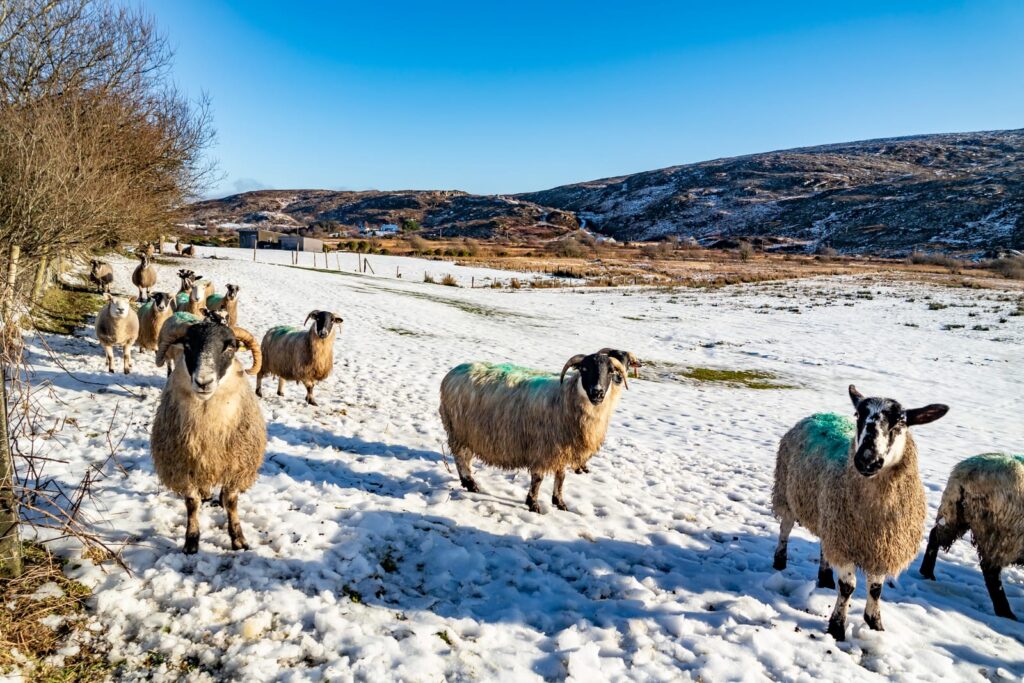
Political Division of Ireland
Ireland’s political landscape is shaped by a complex history that led to its division into two distinct regions. Understanding this division is essential for grasping the current identity and governance of both Northern Ireland and the Republic of Ireland.
Historical Context
The Partition of Ireland took place on May 3, 1921, under the Government of Ireland Act 1920. This act divided Ireland into two self-governing entities: Northern Ireland and Southern Ireland, which later became the Republic of Ireland.
The division was largely rooted in religious and political differences, particularly between the predominantly Protestant unionists in the north and the mostly Catholic nationalists in the south. The tensions culminated in the Irish War of Independence and subsequent civil strife.
Political unrest continued over the decades, affecting community relations and policies in both regions. The historical context not only informs current political dynamics but also resonates in cultural identities.
The Republic of Ireland and Northern Ireland
The Republic of Ireland is a sovereign nation that operates independently, having adopted its constitution in 1937. It consists of twenty-six counties and has developed its own legal and political systems.
Northern Ireland, made up of six counties, remains part of the United Kingdom. It has its own government, the Northern Ireland Assembly, which was established as part of the Good Friday Agreement in 1998, promoting cooperative governance.
While both regions share a common island, they differ significantly in political, economic, and social structures. Understanding these differences can enhance your appreciation of the unique identities each territory possesses.
Donegal’s Administrative Affiliation
Donegal is located in the northwest of Ireland. It is part of the Republic of Ireland, not Northern Ireland. This distinction can sometimes cause confusion among visitors.
The county is officially one of the twenty-six counties that make up the Republic of Ireland. Even though Donegal is situated in the northern part of the island, it is not part of Northern Ireland.
Here’s a quick overview of Donegal’s administrative context:
- Country: Republic of Ireland
- Province: Ulster
- County Council: Donegal County Council governs the area.
The partition of Ireland in 1921 led to this administrative division. While the northern part of the island forms Northern Ireland, Donegal remained within the Irish Free State, which is now the Republic of Ireland.
You might hear it referred to as “Southern Ireland” by some people, but that term isn’t commonly used among locals. Instead, simply refer to it as Donegal within the Republic of Ireland.
Cultural and Social Ties in Donegal
Donegal boasts a rich tapestry of cultural and social connections. Being part of the Republic of Ireland, it has strong links to both local traditions and broader Irish identity.
You’ll find the influence of the Irish language prevalent in the region, especially in areas known as Gaeltachts. Here, the language thrives, connecting residents to their heritage.
Social gatherings often revolve around music and dance. Traditional Irish music is not just a pastime; it’s a cornerstone of community celebrations.
The landscape of Donegal plays a role in its culture too. The stunning scenery inspires local art and storytelling. Artists often draw from the beauty that surrounds them, creating a unique cultural output.
The region maintains close ties with Northern Ireland due to its geographical proximity. This shared border fosters interactions between communities, blending cultural influences.
Donegal has also seen a diverse demographic, with people from various backgrounds contributing to its social fabric. This diversity enriches the cultural experience for both locals and visitors.
Events throughout the year celebrate both Irish heritage and contemporary issues. These gatherings reflect Donegal’s commitment to preserving its unique identity while embracing change.
Economic Aspects of Donegal
Donegal’s economy is diverse, with key sectors including agriculture, tourism, and manufacturing. Each of these plays a significant role in supporting local communities and providing employment opportunities.
Agriculture remains a stronghold in Donegal, focusing on sheep and cattle farming. This region is known for its quality livestock, which contributes to both local consumption and export markets.
Tourism is another vital component, attracting visitors with its stunning landscapes and rich cultural heritage. You can explore beautiful beaches, the Wild Atlantic Way, and historical sites, which make Donegal a popular destination.
The manufacturing sector also contributes to the economy, with industries such as textiles, food processing, and pharmaceuticals. Local companies often emphasize sustainable practices, supporting both the economy and the environment.
Additionally, Donegal benefits from its proximity to Northern Ireland. The county shares a border and has access to cross-border trade opportunities. For many businesses, this relationship enhances economic growth and cooperation.
Tourist Attractions in Donegal
Donegal boasts a variety of stunning attractions perfect for your visit. Here are some highlights you shouldn’t miss:
Slieve League Cliffs: These cliffs are among the highest in Europe. The views from here are breathtaking.
Glenveagh National Park: A picturesque spot featuring beautiful landscapes and the historic Glenveagh Castle. You can explore over 16,000 hectares of nature.
Fanad Head Lighthouse: Known for its stunning scenery, this lighthouse is a perfect photo opportunity. It’s often described as one of the most beautiful lighthouses in the world.
Malin Head: Visit Ireland’s most northerly point. It offers scenic walks and views of the Atlantic Ocean.
Assaranca Waterfall: A lovely waterfall located near the village of Ardara. It’s a peaceful spot ideal for a short hike.
The Grianán of Aileach: This ancient hilltop fort is a must-see. Located near Burt, it offers both history and panoramic views.
Portsalon Beach: Often regarded as one of the most beautiful beaches in Donegal, perfect for a relaxing day by the sea.
Each of these attractions provides a unique experience, making Donegal a fantastic destination for outdoor lovers and history enthusiasts alike. Enjoy your exploration!
Transport and Accessibility in Donegal
Getting around Donegal is quite convenient, with several options available.
You can explore the stunning landscapes and charming towns with ease.
Public Transport:
Donegal has a network of bus services that connect major towns.
Local bus companies, like Bus Éireann, operate routes throughout the county.
Check schedules to plan your journey.
Driving:
Renting a car gives you the freedom to explore at your own pace.
The road conditions are generally good, and scenic routes offer breathtaking views.
Just keep in mind that driving is on the left side of the road.
Ferries:
If you are visiting the islands off the coast, ferries are available.
These services connect you to places like Arranmore and Gola Island, adding adventure to your trip.
Cycling and Walking:
For the more active traveler, cycling and walking are excellent ways to see Donegal.
Designated greenways and trails offer routes for leisurely exploration.
Air Travel:
Donegal Airport provides flights to and from Dublin, making it relatively easy to access the region.
The airport is located about 10 miles from the county’s largest town, Letterkenny.


